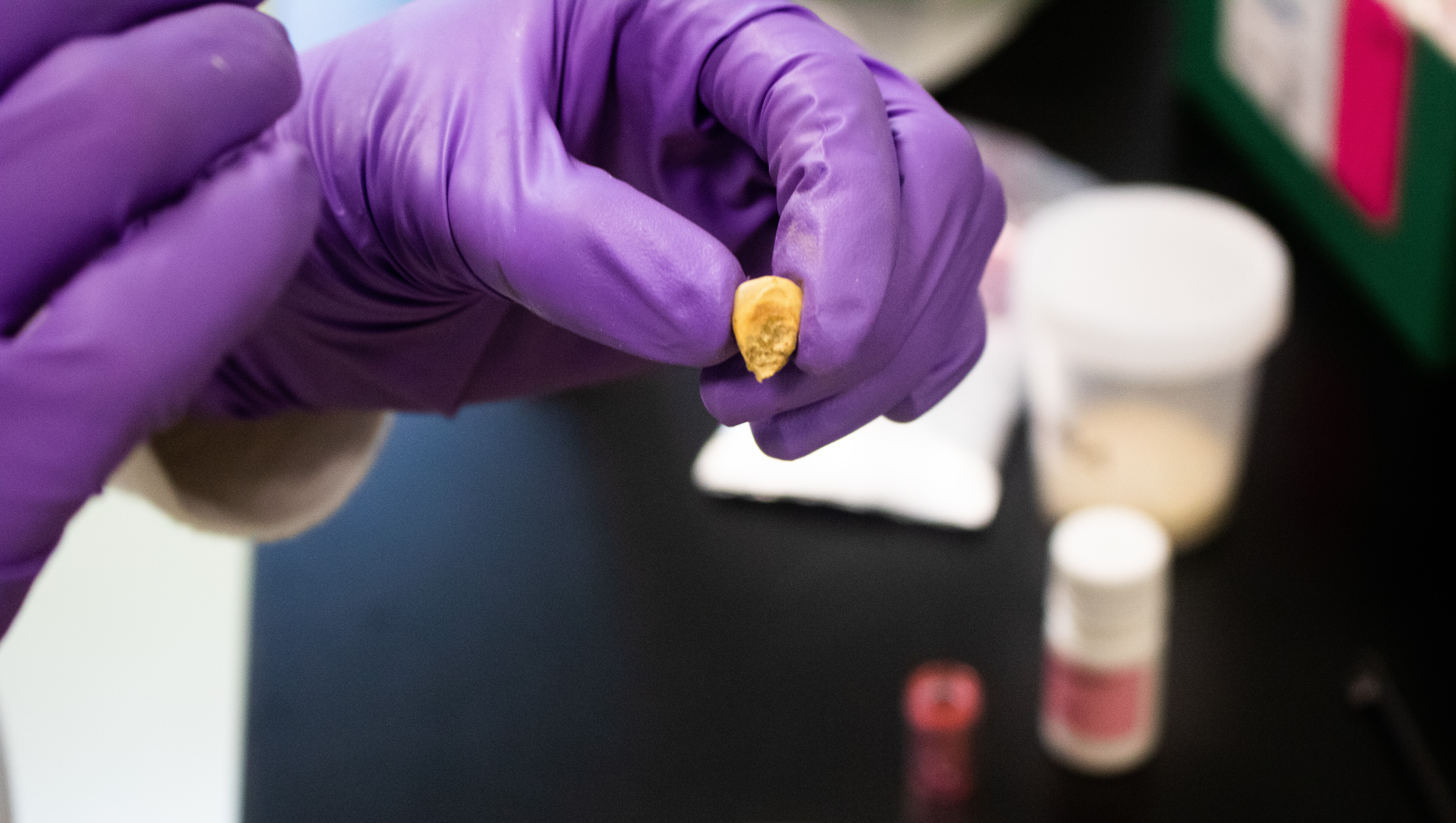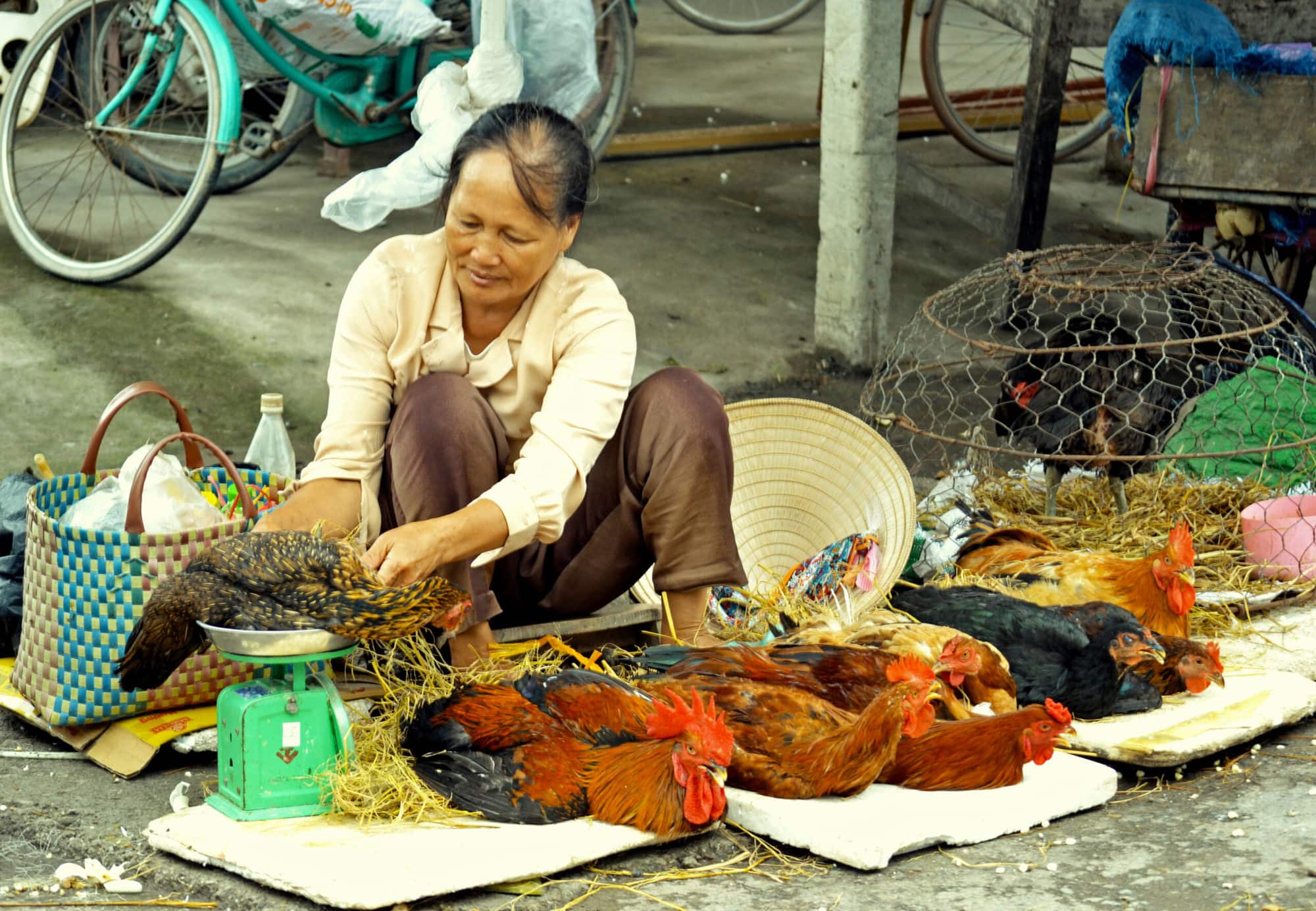Addressing Mexico's aflatoxin challenge
- From
-
Published on
04.03.19
- Impact Area

“The increasingly high prevalence of aflatoxins is a growing problem in Mexico,” says Natalia Palacios, maize nutritional quality specialist at the International Maize and Wheat Improvement Center (CIMMYT). Crops are particularly vulnerable to fungi growth in production areas exposed to high temperatures and humidity levels, both in the field and during post-harvest storage. With the country’s limit for safe human aflatoxin consumption set low at 20 micrograms per kilogram (20 ppb), even a small amount of grain contamination can significantly reduce farmers’ ability to sell their crop.
CIMMYT is placing more emphasis than before on aflatoxin research. The focus is shifting from work on genetic resources, such as aspergillus flavus-tolerant germplasm, to attempting biological control of the fungi in the field, post-harvest management and maize processing alternatives. Through different approaches, researchers are trying to understand and control aflatoxin prevalence and its effect on maize kernels in both Mexico and the wider region.
Related news
-

Reinventing Kenya’s Snack Future with Dryland Grains
International Crops Research Institute for the Semi-Arid Tropics (ICRISAT)21.11.25-
Nutrition
-
Poverty reduction, livelihoods & jobs
Faces of Impact - Video Feature Story On a quiet backstreet in Mihango, Kenya, the…
Read more -
-

COP30 can enable Greening Plant Nutrition in East and Southern Africa
International Rice Research Institute (IRRI)17.11.25-
Nutrition
Image creditAfrica rice farming by majimazuri21, Pixabay Licence By Jamie Males (republished from …
Read more -
-

A decade of academic and research partnership advances One Health in Vietnam
International Livestock Research Institute (ILRI)13.11.25-
Health
In northern Vietnam, Thai Nguyen province has become one of the most active hubs for…
Read more -
